In this short tutorial, I would like to show you how you can run a human cenctric workflow engine on Jakarta EE. Jakarta EE is the successor of Java EE and like the previous version, Jakarta EE offers you a full stack Java platform for enterprise applications. The Open Source Workflow Engine Imixs-Workflow is based on this platform from the early beginning of Java EE.
Imixs-Workflow provides you with a powerful, scalable and transactional workflow engine for Java Enterprise Applications. You can embedded the workflow engine in your Jakarta EE project or run the engine as a Microservice based on Jakarta EE.
The idea of the project is to move most of the usual business logic into a model. As a result you can change and optimize you application in a model driven way. The project supports the Business Process Modeling Notation (BPMN 2.0). BPMN enables you to describe your business process from different perspectives. You can describe the organizational aspects just to give people an understanding of your process. And you can as well model the technical details to execute your process with Imixs-Workflow engine. Continue reading “Tutorial: Imixs-Workflow and Jakarta EE”

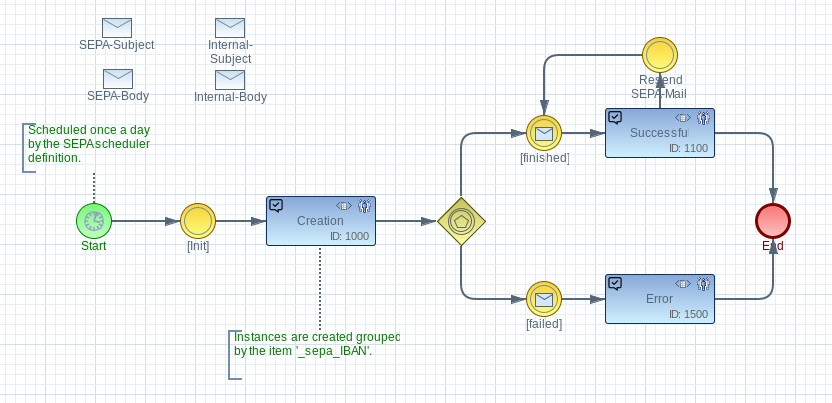
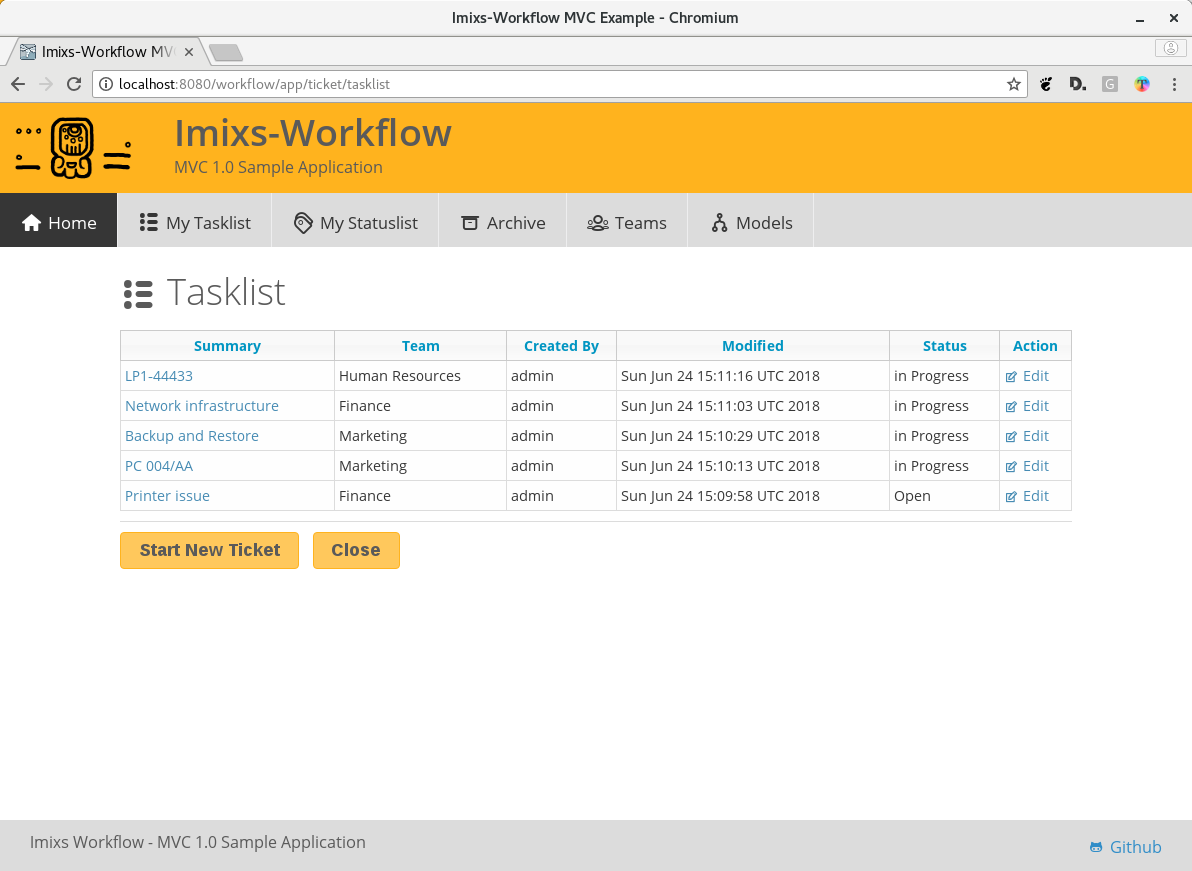
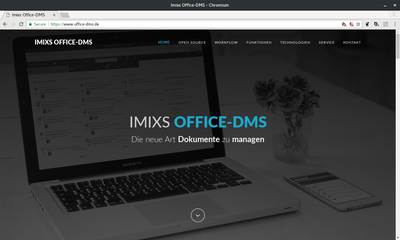
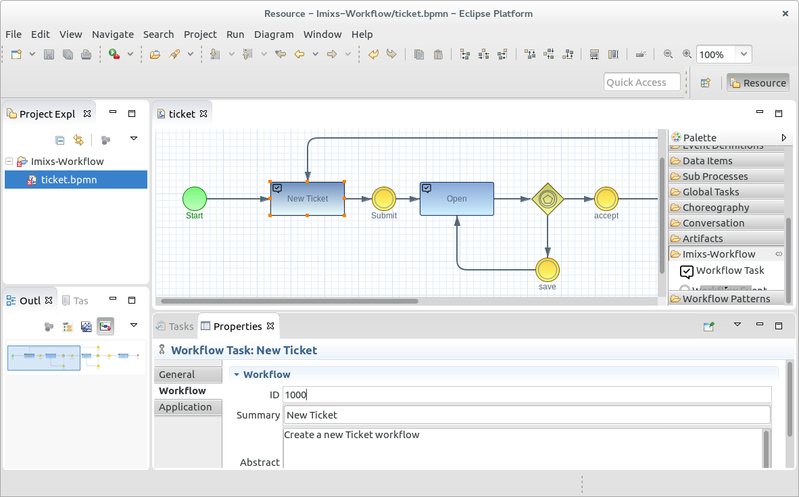

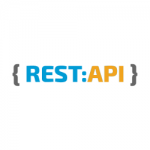 With the next minor release 4.3. of
With the next minor release 4.3. of